How to make a sourdough starter
Making your own bread starter is seen as the zenith of baking bread (be sure to name it). It’s pretty simple to make, but keeping it alive is more important than anything else.
To make a simple starter
- You need equal quantities of bread flour and water. A good-quality flour such as Eureka, rye or spelt (or a mixture) works well, but any flour can be used. Mix the flour and water until it’s the texture of a thick paste, then place into a large, clean jar that you can seal with a lid. Allow to stand at room temperature for 24–36 hours, or until you see small bubbles developing.
- If you don’t see any bubbles, let it stand for a bit longer. Once there’s evidence of life, discard half the starter and add 120 g bread flour and 1⁄2 cup warm water and allow to stand for a further 24 hours.
- The process could be faster or slower depending on the temperature. By the third day, the starter should be expanding.
Once your starter is alive and well
- You can increase the feeding to twice a day if it looks “hungry”, i.e. the bubbles are starting to deflate and sliding down the inside of the jar.
- However, don’t overfeed it! Once you get the hang of it, you’ll be able to tell when it’s hungry. It should smell sweet and tangy, but never “off”. If it does smell bad, discard it and start again. Bad bacteria may have been introduced.
- If you keep the starter in the fridge, it only needs to be fed once a week.
Another storage option
- If you’re not going to be able to feed the starter regularly, you can freeze it.
- Spread some starter on greaseproof paper and leave to dry. Break into flakes and store in a Ziploc bag in the freezer until ready to use.
- To use, mix 1⁄4 cup of the starter flakes with 1⁄4 cup warm water and leave to bubble. Feed with 1⁄4 cup flour and leave to bubble. Keep it happy and healthy and feed as normal.
The life stages of a sourdough starter:
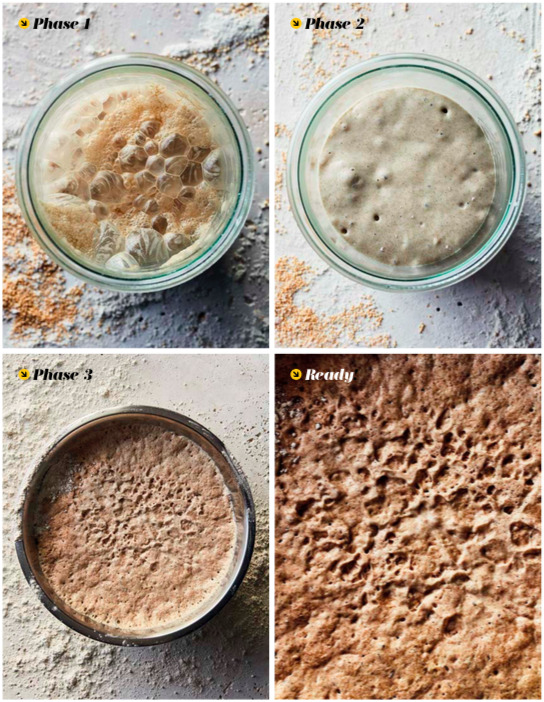

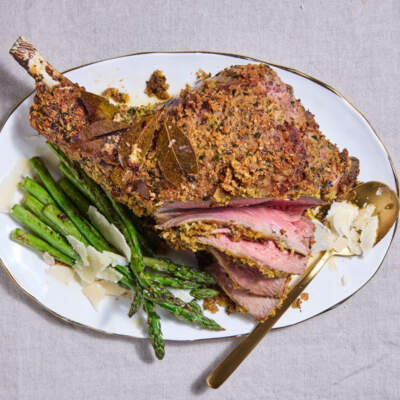
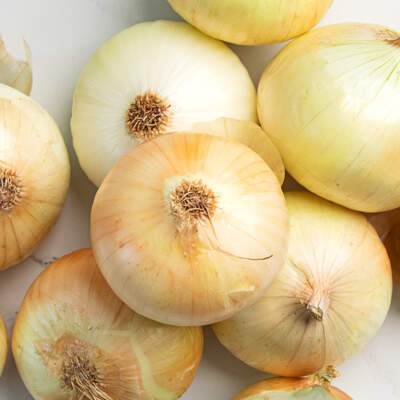

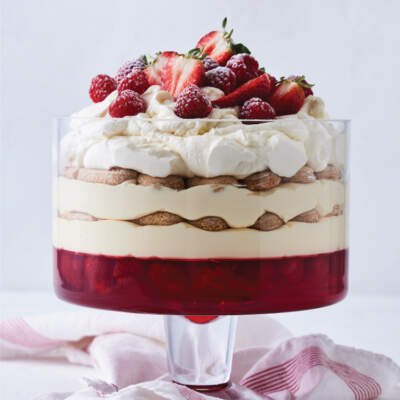

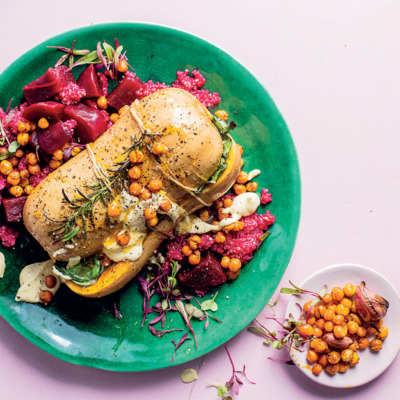

Comments